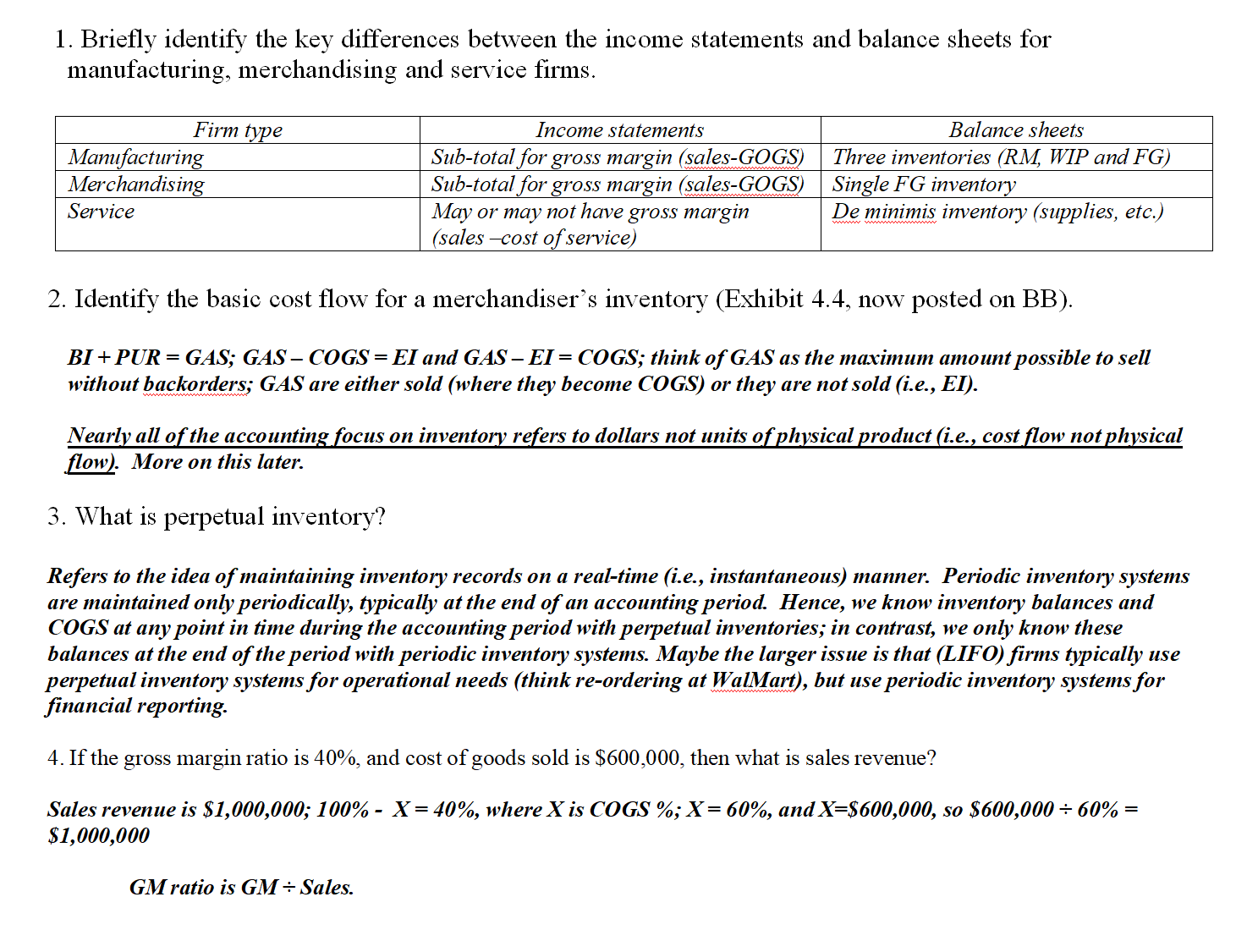Answered step by step
Verified Expert Solution
Question
1 Approved Answer
Use the following image (only if needed), to answer the T/F question below. QUESTION: A perpetual inventory system continuosuly updates accounting records for merchandising transactions.
Use the following image (only if needed), to answer the T/F question below.
QUESTION:
A perpetual inventory system continuosuly updates accounting records for merchandising transactions.
o True
o False

Step by Step Solution
There are 3 Steps involved in it
Step: 1

Get Instant Access to Expert-Tailored Solutions
See step-by-step solutions with expert insights and AI powered tools for academic success
Step: 2

Step: 3

Ace Your Homework with AI
Get the answers you need in no time with our AI-driven, step-by-step assistance
Get Started


